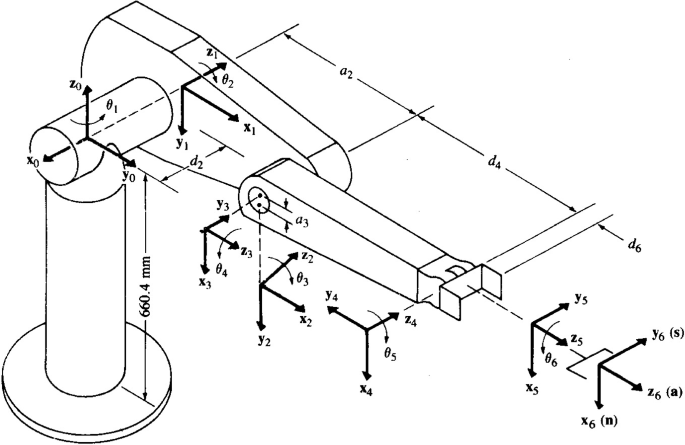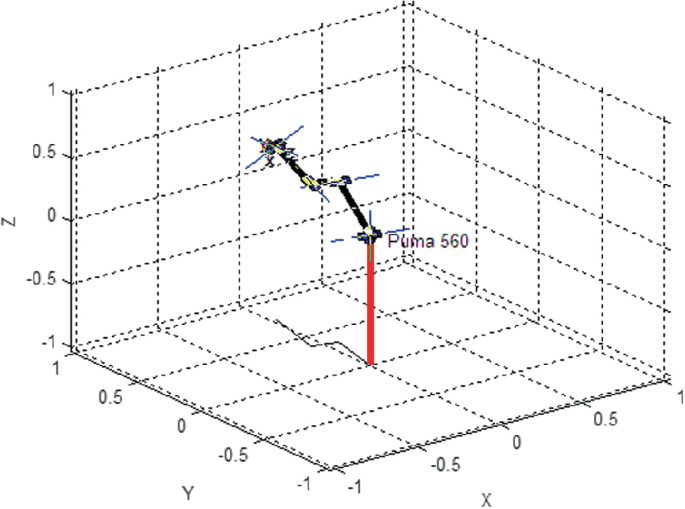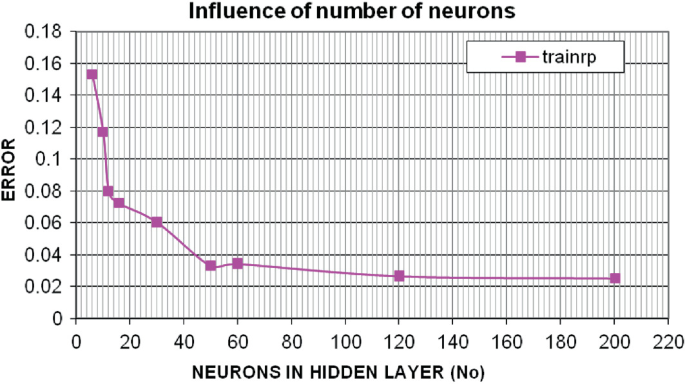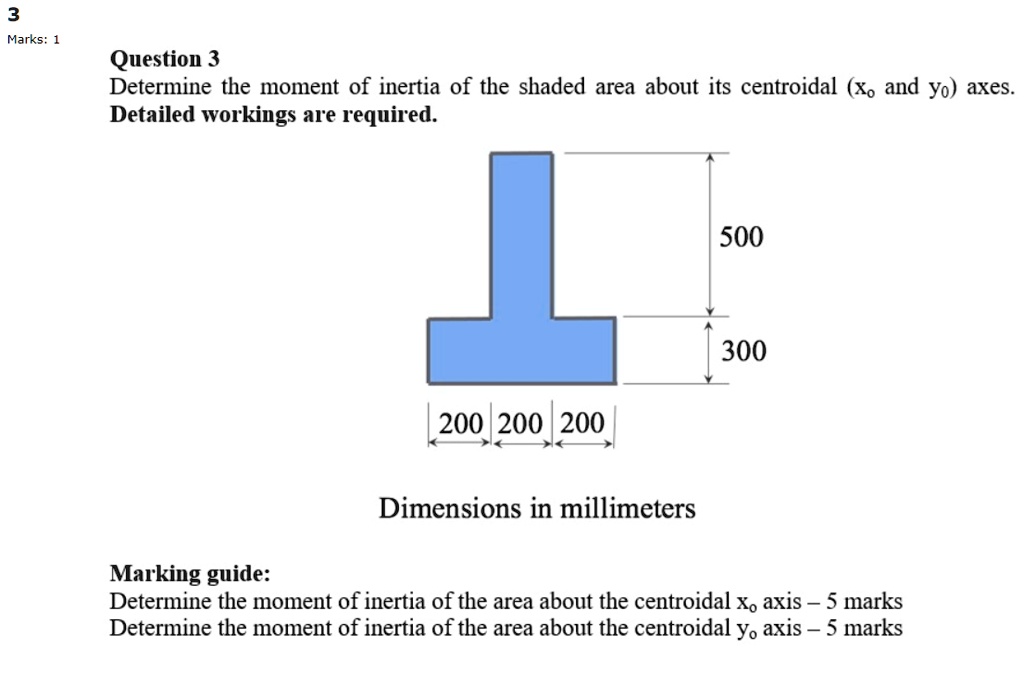
Analytical and deep learning approaches for solving the inverse kinematic problem of a high degrees of freedom robotic arm - ScienceDirect

Neuro-fuzzy inverse model control structure of robotic manipulators utilized for physiotherapy applications - ScienceDirect

SOLVED: (Puma 560 Revisited) This problem is about the Puma 560 robot shown in Fig. 1, with only the first three joints, i.e., θ4 = θ5 = θ6 = 0. The current

Manipulation of Standard Link Mechanism for Robotic Application Using Artificial Neural Network and PID | SpringerLink

SOLVED: (Puma 560 Revisited) This problem is about the Puma 560 robot shown in Fig. 1, with only the first three joints, i.e., θ4 = θ5 = θ6 = 0. The current

Analytical and deep learning approaches for solving the inverse kinematic problem of a high degrees of freedom robotic arm - ScienceDirect

Manipulation of Standard Link Mechanism for Robotic Application Using Artificial Neural Network and PID | SpringerLink

Analytical and deep learning approaches for solving the inverse kinematic problem of a high degrees of freedom robotic arm - ScienceDirect
Design Stable Controller for PUMA 560 Robot with PID and Sliding Mode Controller Based on PSO Algorithm

Manipulation of Standard Link Mechanism for Robotic Application Using Artificial Neural Network and PID | SpringerLink

SOLVED: This problem is addressing a Double Pendulum made in Solidworks. At t = 0.1 sec, using Newton's Second Law, manually set up the equation of the moment about the mass center

Manipulation of Standard Link Mechanism for Robotic Application Using Artificial Neural Network and PID | SpringerLink
Design Stable Controller for PUMA 560 Robot with PID and Sliding Mode Controller Based on PSO Algorithm

Neuro-fuzzy inverse model control structure of robotic manipulators utilized for physiotherapy applications - ScienceDirect

Manipulation of Standard Link Mechanism for Robotic Application Using Artificial Neural Network and PID | SpringerLink
Design Stable Controller for PUMA 560 Robot with PID and Sliding Mode Controller Based on PSO Algorithm

Analytical and deep learning approaches for solving the inverse kinematic problem of a high degrees of freedom robotic arm - ScienceDirect

Neuro-fuzzy inverse model control structure of robotic manipulators utilized for physiotherapy applications - ScienceDirect
Design Stable Controller for PUMA 560 Robot with PID and Sliding Mode Controller Based on PSO Algorithm



